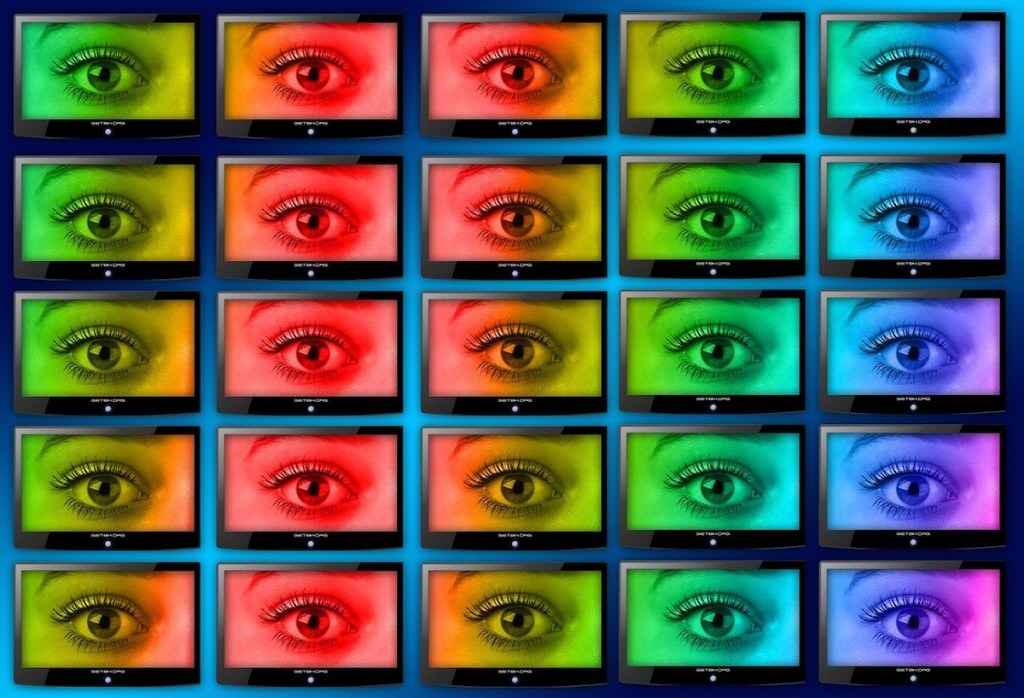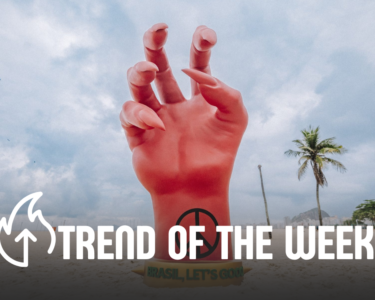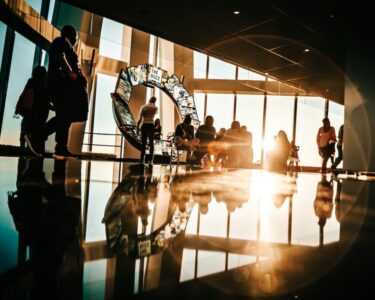
Scrolling social media sites, dating apps, and online gaming rely on dopamine-driven design to engage attendees by tapping into their reward systems. This “TikTokificiation” has made its way into business events.
Trade shows have always had a carnival-style vibe, but now the LEDs have grown bigger and brighter, and they’re everywhere you look. Google brought an actual rollercoaster to CES. At IMEX America, the Encore booth featured a theme-park-style train ride.
Just like with festivals, this combination of visual displays, constant noise, and crowds can create sensory overload for some attendees. Although people with conditions like autism, ADHD, or Sensory Processing Disorder (SPD) are more vulnerable, it can happen to anyone.
Have Things Gone Too Far?
“There’s definitely an air of wanting to throw everything out there and see what sticks,” said Elyse Dawson, senior events manager, Homrich Berg. “You need to understand your audience and meet them where they are. So if there’s overstimulation, it means there’s been too much of a course correction.”
When booths are all fighting to attention in the same way, nobody wins, said Brent Turner, EVP strategy and solutions at Opus Agency. “When everyone goes loud, individual booths can get lost. But that’s not really a dopamine problem — it’s a design problem.
“The real issue is that exhibitors are confusing dopamine with volume. They think louder equals more reward, bigger screens equal more engagement, more games equal more leads. But dopamine isn’t one thing — it’s novelty, accomplishment, connection, surprise, delight.”
Recent research from Freeman concurs. Unpacking XLNC: Bringing the X Factor to Attendee Experiences, which surveyed more than 2,600 attendees and organizers, revealed that what organizers think attendees want — things like entertainment — are not what attendees value.
The report asked both attendees and organizers if attendees experienced a “peak moment,” a standout experience that was immediately memorable, at their most important in-person event. Organizers overwhelmingly said yes (78%), but only 40% of attendees said they had. Attendees are not looking for spectacle, they’re looking for substance, the report concluded.
Yet, over-the-top approaches have been around for decades, says Laura Palker, CEO of Trade Show Solutions Center and a 30-year industry veteran. She recalls the days of interactive fiberoptic lighting, virtual reality rides in the booth space, 3-D animation, massive architectural structures, and lighting that triggered an experience that touched all five senses. “Attendees who visited these booths were sure to be impressed,” she said.
The Pendulum Swings Back
It’s not just older attendees who are turned off by TikTokification, said Turner. “Social detoxing isn’t age-specific. People across demographics are craving deeper experiences. Even TikTok now offers 10-minute-long videos because audiences want to go beyond the scroll.”
This is leading to a new kind of dopamine-driven strategy at events: spaces that create moments of calm, or accomplishment, or genuine human connection, said Turner. An example might be a booth where you build something and take it home. “Those dopamine hits can be just as powerful, and they’re more memorable because they’re not competing the same way.”
👇Follow more 👇
👉 bdphone.com
👉 ultractivation.com
👉 trainingreferral.com
👉 shaplafood.com
👉 bangladeshi.help
👉 www.forexdhaka.com
👉 uncommunication.com
👉 ultra-sim.com
👉 forexdhaka.com
👉 ultrafxfund.com
👉 bdphoneonline.com
👉 dailyadvice.us




